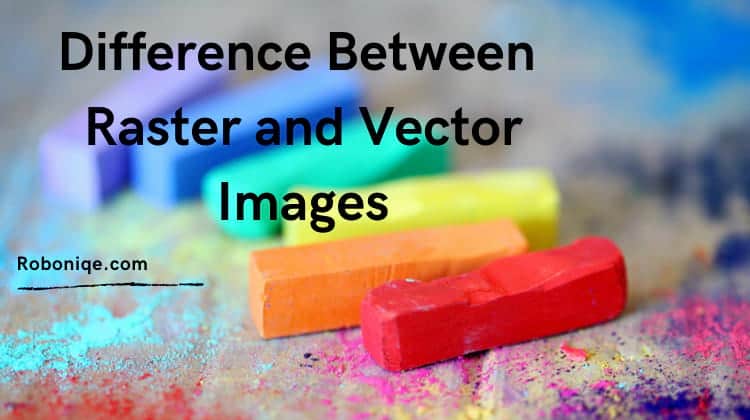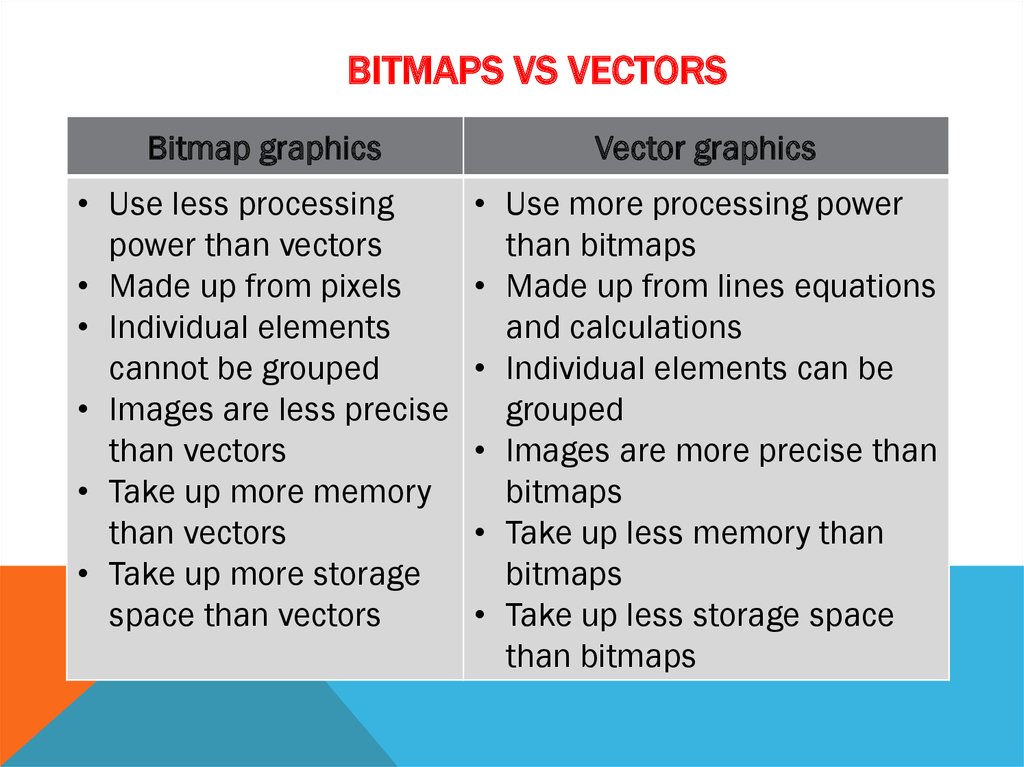

However, BricsCAD also gives you the option to export to other formats, both raster and vector! Plus, the Communicator for BricsCAD, offers even more import and export options. This is the default file type for all drawings in BricsCAD. Less options for colors, textures and shading Bottom right: zoomed-in to same detail on the raster screenshot. Top right: zoomed-in Vector image in BricsCAD workspace.īottom left: Screenshot of BricsCAD workspace. Top left: Vector image in BricscAD workspace. Vector images are more "specialist" and are better for technical drawings, images that need to be scaled, high accuracy plans, logo design, exporting to machines such as CNC, etc. Raster images are more "typical" and are used primarily for graphical work: photography, print, website images, digital artwork, etc. Vectors are scalable and rasters are not - is the short answer. In reality, the two different file formats tend to serve different purposes. What is the difference between raster and vector?

That means any image will be around ¼ the size when printed. The best resolution for screen/digital images is typically 72dpi the best resolution for print is typically 300, although sometimes 150 is "acceptable". The resolution of a raster image is defined by dpi (dot per inch). Here the BricsCAD logo has been scaled in raster form, notice that the image quality is greatly reduced. This is exactly how a raster image works, but with much smaller squares. Think about old school video game graphics. That's because it is essentially made from a set of colored squares. If you make a raster larger, it will become "pixelated" and lose quality. Vector file types:Ī raster image is a specific size. Here the BricsCAD logo has been scaled in vector form, notice that the image quality stays the same. You are simply telling the computer to draw a line between different points. If you draw a square of 1cm by 1cm and you scale it by 100 you will have a box that is 100cm by 100cm and it will look exactly the same. That means you can change the size to as large or small as you want and the image will remain the same quality. Web graphics are generally not suitable for professional printing.Įditor’s note: This article was originally published on July 27, 2016, and has been updated for freshness, accuracy and comprehensiveness.What is a vector image? What is a raster image and what's the difference between raster and vector? Keep reading to find out!Ī vector image is scaleable.

To recap, logo files should always be vector-based and SVG files can be used to display vector graphics online. Make sure the designer provides vector logo files when having your logo updated and ask your printer to double-check the resolution of images when having material professionally printed. With this in mind, consult a graphic designer when in doubt. Raster-based images can be embedded into Adobe Illustrator and vectors can be placed and even created in Photoshop. Any of the above file types can be exported to a pdf format, so these files can be either vector or raster or a combination of the two.ĭisclaimer: Graphics software has come a long way over the years, resulting in a lot of line-blurring between programs. The small exception to these rules is Portable Document Format (.pdf, PDF). Encapsulated PostScript File (.eps, EPS).Graphics Interchange Format (.gif, GIF).Joint Photographic Experts Group (.jpg, JPEG).The purpose of this post is to further explain the difference between these file types and to help determine which type is required for a variety of purposes. Raster graphics, such as digital photographs, are created using a grid of tiny pixels. Vector graphics, such as logo files, use intricate paths made up of points and lines to create an image. When zoomed in closely, the individual pixels can be observed.ĭigital graphic files will generally fall into one of two categories-vector or raster. Raster images are made up of many tiny squares called pixels and are often referred to as 'bitmap' images. This makes vector files the best format for graphic assets such as illustrations, icons and company logos, as the same file can be used for designs ranging from a mobile app to a large billboard without sacrificing quality or increasing file size.

Vector files, made up of points and lines to create paths, can be scaled up and down without losing quality. What is the difference between vector and raster files for graphics?


 0 kommentar(er)
0 kommentar(er)
